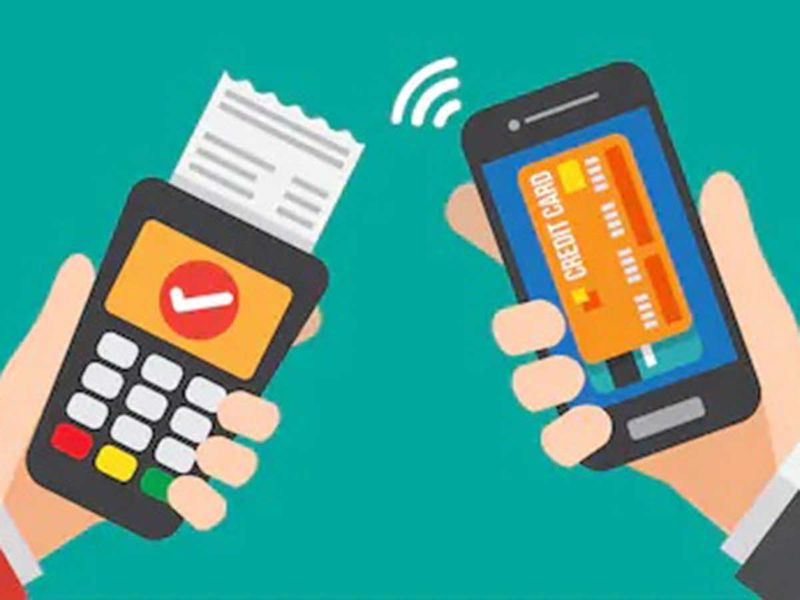
Dubai: Although buying on debt or on equated monthly instalments (EMI) may appear affordable, but making a habit of doing so may create tremendous stress on your future financial health, experts reveal.
Being able to split your dues into monthly instalments or EMIs have always been a boon for borrowers, as they help finance anything from a high-end smartphone to even an entire apartment.
EMIs have been around for years and are actively advocated by financial institutions, but despite its glaring benefits, there are still doubts on how EMIs work and whether any better alternatives exist.
How do EMIs work and how does it benefit me?
Flexible payment arrangements, in which the borrower might pay higher sums of his or her choosing, are not the same as EMIs. Borrowers on EMI programmes are usually only allowed to make one set payment per month.
Borrowers profit from an EMI since they know exactly how much money they will have to pay towards their loan each month, making financial planning easier. On the other hand, lenders benefit from the loan interest payments you make, as it provides a consistent and predictable stream of income.

How is an EMI calculated?
There are two ways in which EMI can be calculated. These methods are:
• The flat rate method
When the loan amount is progressively being repaid, each interest charge is computed using the original borrowed amount (principal) in the flat rate method.
The EMI is determined by adding the whole loan principal and total interest to the principal, then dividing the total by the number of EMI instalments, which is the time in the loan term.
The flat rate strategy is popular on personal loans and auto loans. Borrowers benefit less since interest payments must cover the entire principal amount, resulting in a higher effective interest rate than the reducing-balance strategy.
The borrower makes regular periodic repayments to the lender for many years with the purpose of retiring the loan. EMIs are especially helpful in loans, such as real estate mortgages, vehicle loans, and student loans.
• The reducing balance method
The reducing balance technique, compared to the flat rate method, determines the interest payment according to the outstanding borrowed amount (principal). It means that each EMI’s interest and principal payment components alters.
Interest payments make up a larger component of the EMI at the beginning of the loan term, as a proportion of the outstanding loan. The interest amount decreases as the loan is repaid over time, and a larger proportion of the payments go toward principal repayments.
The reducing-balance strategy is often employed on home mortgages, credit cards, and overdraft services.

How do I choose between EMIs and a lesser loan tenure for bigger loans?
Borrowers, particularly those seeking home loans, have two options of prepayment to choose from – either reduce their EMIs (equated monthly instalments) or their loan tenure.
While a reduction in the loan tenure will result in greater savings in interest pay out, opting for the EMI reduction option will lead to higher disposable income.
Hence, the decision to choose between the two primarily depends on what you prioritise – reducing your interest cost or increasing your disposable income.
Existing home loan borrowers looking forward to reduced EMIs and higher disposable incomes should opt for the EMI reduction option while making pre-payments. Those looking for higher savings in interest cost should opt for the loan tenure reduction option.
How is EMIs deducted for a credit card? Is it good or bad to use such an option?
When you buy something on a credit card with an EMI option (that is, one that does not need payment in full each month), the complete amount is deducted from your card's current credit limit. The EMI on credit cards works similarly to a home loan or a personal loan.
You must pay back the original borrowed amount (principal) and interest each month, progressively reducing your debt over time until it is paid off in whole. The reducing balance approach is used to deduct EMI from a credit card.
When using EMI options for credit card dues, EMI schemes appear very attractive and easy for making high-value purchases. However, you need to figure out whether it’s really a good idea to convert your credit card balance into EMIs.
In case you are really in a very tight financial position and about to default on paying credit card bills, credit experts suggest that it will be good for you to use the option as it is better than defaulting on your payments, which will hurt your credit score.
So, unless very necessary, one should avoid EMI option, they add, as it not only inflates the cost of the product, but also attracts additional fees and creates long-term debt.

An illustration how you can reduce your EMI and save money
Here's an example of how your credit card dues and other loan payments can be clubbed together to reduce your monthly EMI and help you save money.
Let's say you have an active credit card for your personal and business expenses, and over time the balance has reached Dh100,000 with an annual interest rate of 20 per cent. Let’s say you also availed a business loan of Dh1.2 million at 12 per cent interest rate for a 1 year term.
Consolidating your credit card debt and your business with a personal loan of 11 per cent interest can help you save more than 8 per cent on your monthly interest.
What if I am paying too many EMIs? Is that bad?
Too many EMIs may put severe constraint on your ability of future spending, even on essentials, financial planners reiterate. But why?
One should avoid delayed payments or missed payments as they lead to additional financial burden because the bank or the lending institution will then charge late fee, penal interest, etc. which again will increase payment burdens.
To avoid such hassle, borrowers can consider prepaying loans in part or full when they have access to extra cash, but before one opts for this, it is important to make sure that there are no pre-payment penalties or one can negotiate for waiver or lowered penalties for prepayment.
So, planners remind that it’s important to restrict your spending within your earning limits to ensure that you have capacity to spend during emergencies.
Verdict: Are purchases made on EMIs good or bad?
So, the bottom line is an EMI payment scheme good or bad for your finances? Although a good EMI scheme is momentarily easy on your wallet, you must try to avoid it as the first option.
You may not only be spending more than the actual worth of the product, but also splurging first and then relying on EMI payments is not healthy for your finances. One of the most important negatives of EMIs is that it can harm your credit score.
A good score will help you get credit and loan facilities easily and on good terms, while a bad score will harm your borrowing interests. Your EMI-to-income ratio is an important factor for the approval of a new loan. So, keep it low.
While using the EMI option to buy a house may be justified – where cost is too high to pay out of pocket, but not for that expensive high-end mobile handset, whose 70 per cent features you may not use.








